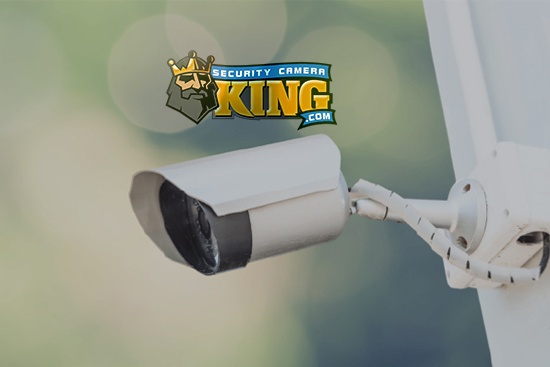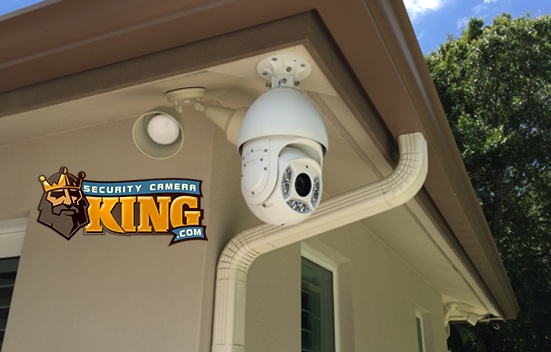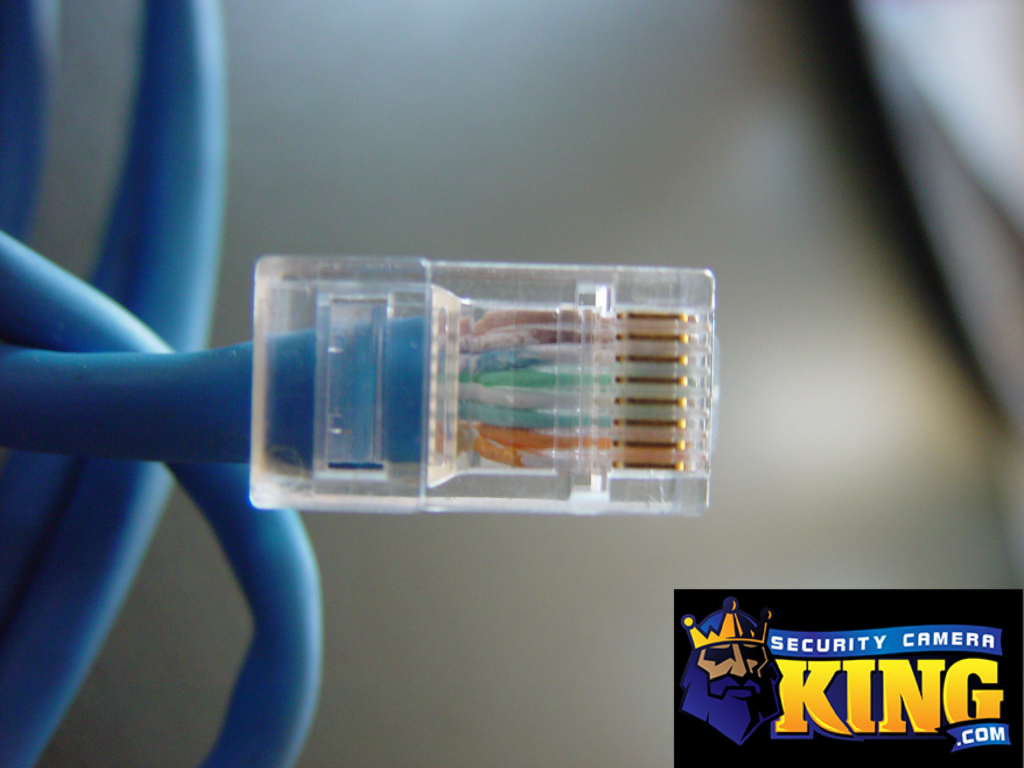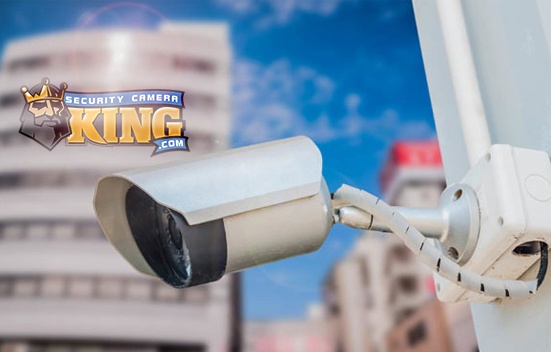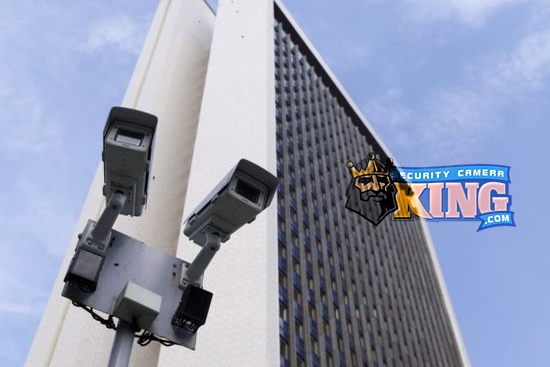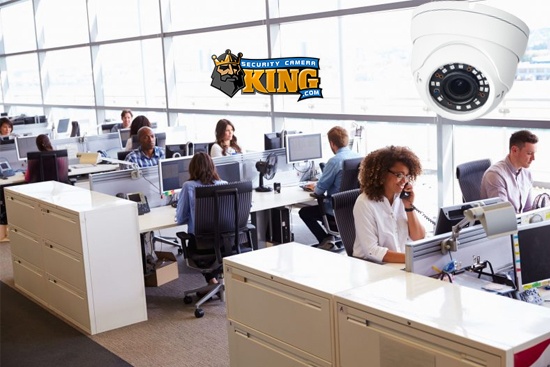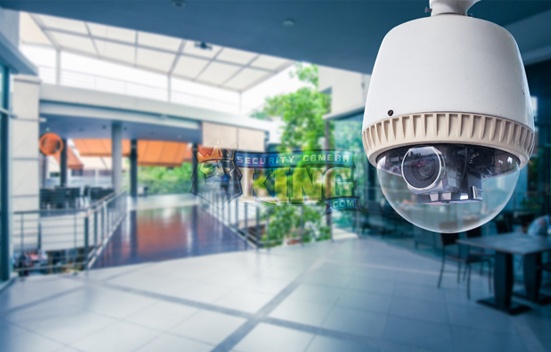This term can be confusing when dealing with security cameras because some digital security cameras can be IP networked cameras, which has nothing to do with an IP rating. An IP Rating also referred to as an IP Code, is an abbreviated form of the International Protecting Rating also known as the Ingress Protection Rating. For the benefit of clarity and distinction, an IP networked camera is a camera that can take advantage of Internet Protocol to transmit its video signals over a network or the internet.
An IP Rating or code is based on the International Electrotechnical Commission’s (IEC) international standard 60529. According to the standard, it “describes a system for classifying the degrees of protection provided by an enclosure. IEC 60529 is NOT a ‘product standard’ and does not cover enclosure requirements other than the ‘degree of protection’ provided. An IP rating is usually represented by two digits and may contain an additional optional letter.
An IP rating can be thought of as a more exact classification of the degree of protection offered from the security camera from intrusion by solid and/or liquid matter. The rating is usually expressed as “IP 65” or “IP 65M.”
The first digit represents the level of protection provided by the camera’s enclosure against solid objects foreign to the camera and against access to hazardous parts. The first digit can range from 0 to 6, with 0 meaning no protection at all and 6 indicating the greatest protection. The following is a list of each individual digit (level) and its classification based on EIC 60529:
0. No protection
1. >50 mm – any large surface of the human body but no protection against deliberate contact with a body part
2. >12.5 mm – fingers and similar objects
3. >2.5 mm – Tools, thick-gauge wire, etc.
4. >1 mm – Smaller wires, screws, etc.
5. dust protected – encroachment of dust is not entirely protected but it must not enter in sufficient quantity to interfere with the satisfactory operation of the equipment
6. dust tight – complete protection from dust
The second digit represents the level of protection provided by the camera’s enclosure against water. The second digit can range from 0 to 8, with 0 meaning no protection at all and 8 indicating immersion possible over 1 meter in depth. The following is a list of each individual digit (level) and its classification based on EIC 60529:
0. No protection
1. dripping water – vertically falling dripping water drops will have no effect
2. dripping water when tilted up to 15 degrees – when a camera is tilted at an angle 15 degrees from its normal position vertically falling dripping water shall have no harmful effect
3. spraying water – Water falling in the form of a spray at an angle of up to 60 degrees will have no harmful effect
4. splashing water – Water splashing against the camera from any direction shall have no harmful effect
5. water jets – Water projected from a nozzle against the camera in any direction shall have no harmful effects
6. powerful water jets – Water projected from powerful jets will have no harmful effects
7. immersion up to 1 meter* – Harmful penetration of water will not be possible when the camera is submerged in water up to 1 meter in depth
8. immersion beyond 1 meter* – Harmful penetration of water will not be possible when the camera is submerged in water beyond 1 meter in depth
*Time and pressure are normally stated by the manufacture in addition to the IP rating for this designation.
The following letters can be appended to classify only the level of protection against access to parts by persons:
A. back of hand
B. finger
C. tool
D. wire
The following letters may be used to indicate the additional protection to the camera:
H. high voltage device
M. device moving during water test
S. device standing still during water test
W. weather conditions
Not every security camera manufacturer provides an IP rating, nor are they absolutely necessary. However, and IP rating provides a potential user a more specific means of determining the protection afforded to the camera from foreign objects. For example, many cameras are rated by their manufacturers as “Weatherproof.” However, a camera that is rated as IP 66 would indicate that it is impervious to dust and that water projected from power jets will not cause harm to the camera and its parts.

